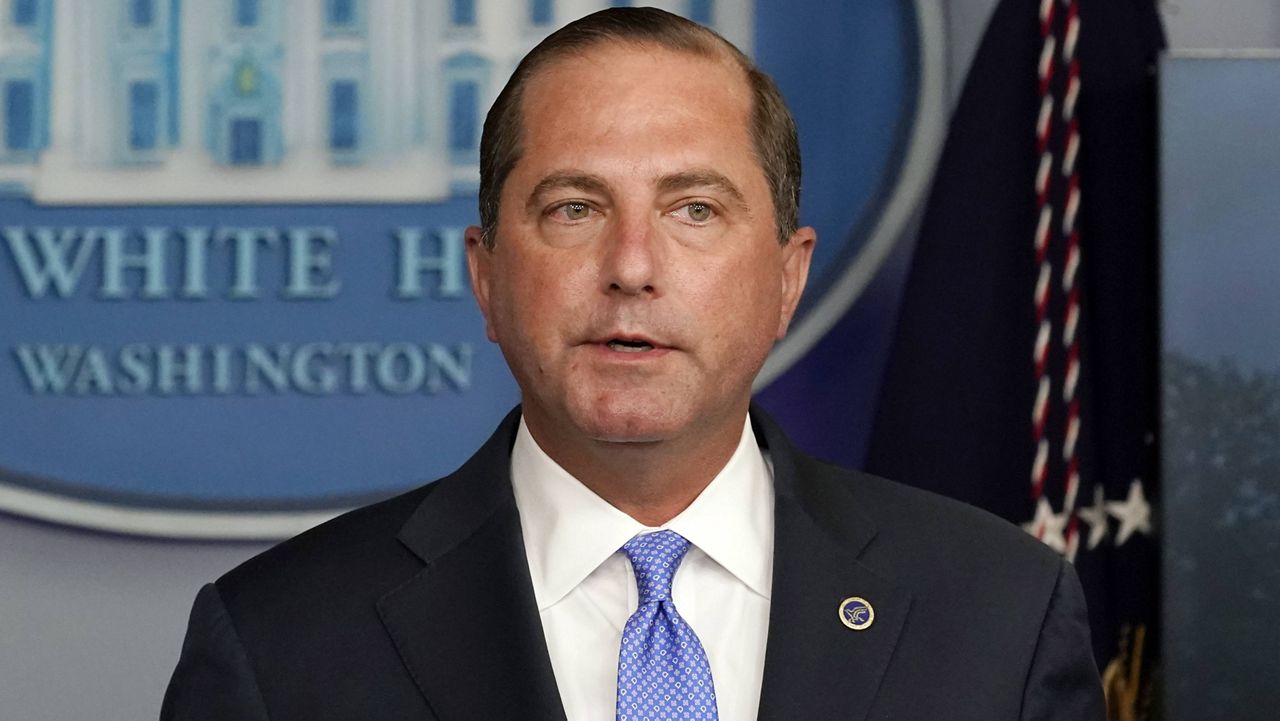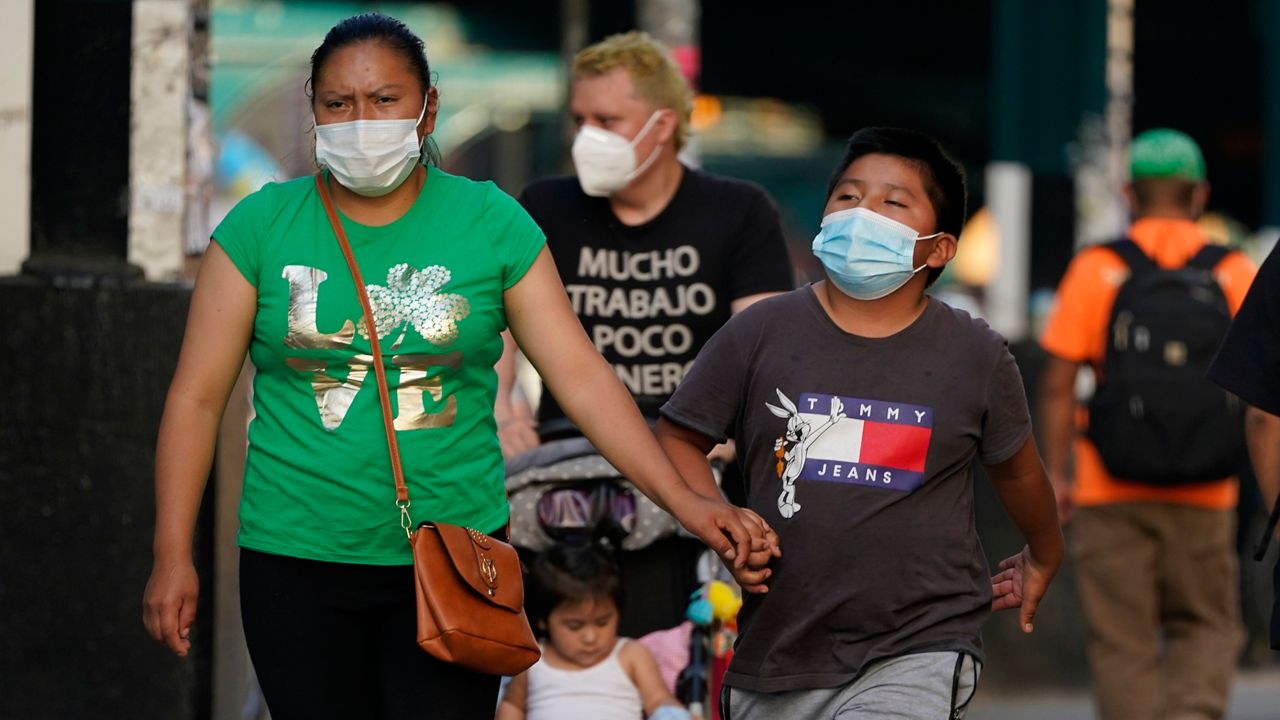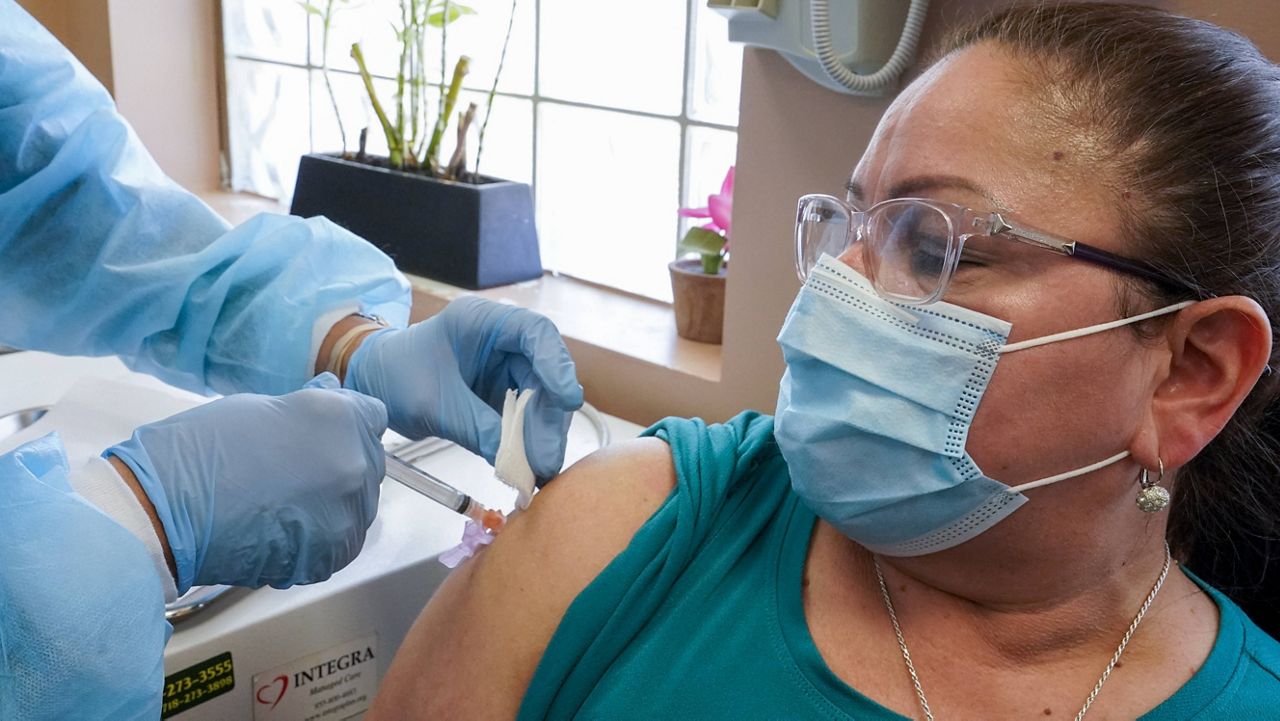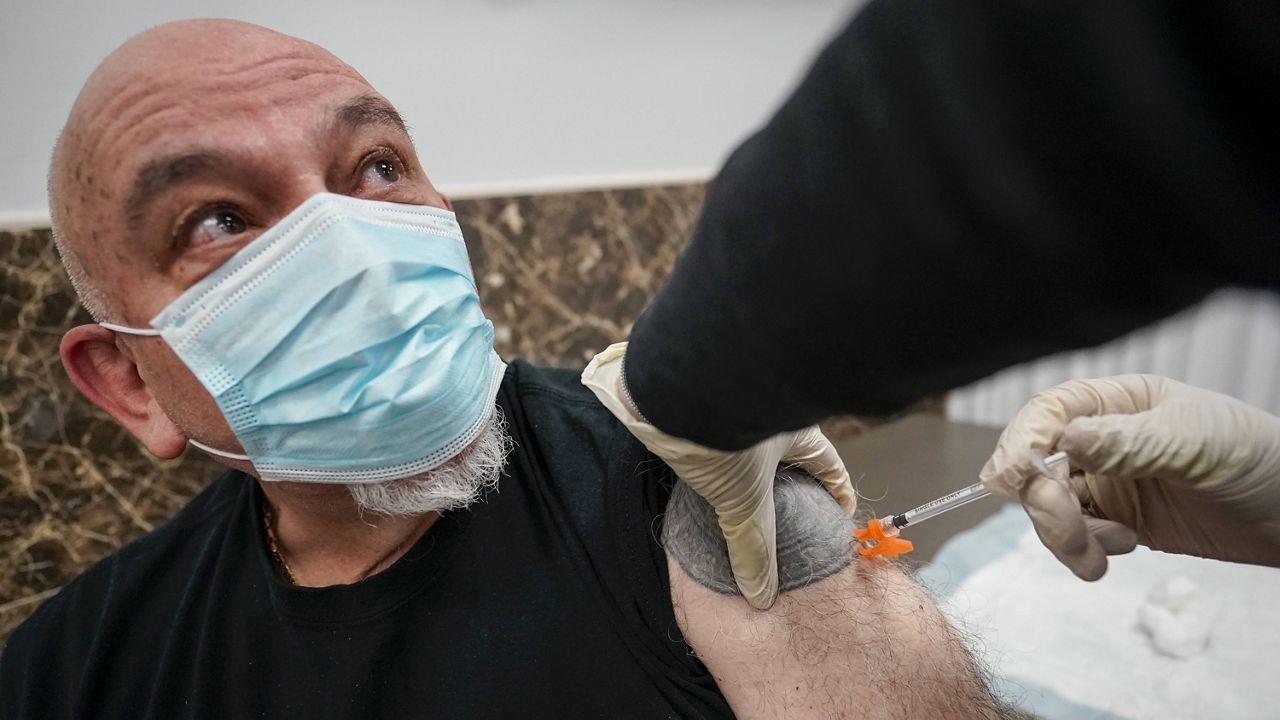WASHINGTON — A group of scientists who believe the answer to the coronavirus pandemic is “herd immunity” reportedly met last week with White House officials.
A senior administration official told reporters Monday that the strategy is not so much one that the Trump administration is considering, but one that is already essentially in place, The Washington Post reported.
“We’re not endorsing a plan,” the official said. “The plan is endorsing what the president’s policy has been for months. The president’s policy – protect the vulnerable, prevent hospital overcrowding, and open schools and businesses – and he’s been very clear on that,” the official said.
“Everybody knows that 200,000 people died. That’s extremely serious and tragic. But on the other hand, I don’t think society has to be paralyzed, and we know the harms of confining people to their homes,” the official added.
Herd immunity requires a large percentage of the population contract a virus, giving it little opportunity to spread because so many people would have built up antibodies. Those who support the strategy believe that hastening the spread of the coronavirus would bring a quicker end to the pandemic.
Infectious disease experts, however, have denounced the concept. National Institutes of Health Director Francis Collins has called it “fringe” and “dangerous.” And earlier this week, Tedros Adhanom Ghebreyesus, director-general of the World Health Organization, said that deliberately allowing the virus to spread it unethical.
“Herd immunity is a concept used for vaccination, in which a population can be protected from a certain virus if a threshold of vaccination is reached,” Tedros said during a virtual press briefing.
“Never in the history of public health has herd immunity been used as a strategy for responding to an outbreak, let alone a pandemic,” he added.
But the strategy has found some backers in the scientific community. Martin Kulldorff, an epidemiologist at Harvard University; Sunetra Gupta, an epidemiologist at the University of Oxford; and Jay Bhattacharya, a physician and epidemiologist at Stanford University’s medical school, spearheaded a document called the Great Barrington Declaration, which advocates for what it calls “focused protection” – herd immunity that protects the most vulnerable citizens, including the elderly and people with underlying conditions.
“The most compassionate approach that balances the risks and benefits of reaching herd immunity, is to allow those who are at minimal risk of death to live their lives normally to build up immunity to the virus through natural infection, while better protecting those who are at highest risk,” the document says.
The declaration’s website claims to have the signatures of more than 9,500 medical and public health scientists, but most of the names are not viewable to the public. Britain’s Sky News reported last week that the list had included fake names such as “Dr. Johnny Bananas” and “Dr. Person Fakename.”
The scientists behind the Great Barrington Declaration met last week with Health and Human Services Secretary Alex Azar and Scott Atlas, a White House medical adviser who has voiced support for the concepts behind herd immunization and reportedly has growing influence with Trump on the coronavirus, The Washington Post reported.
When asked to comment, HHS directed the Post to a tweet from Azar after the meeting that said: “We heard strong reinforcement of the Trump Administration’s strategy of aggressively protecting the vulnerable while opening schools and the workplace.”
It’s unclear if the meeting will lead to any new action from the Trump administration, which has largely allowed states to navigate the pandemic on their own.
While Trump supported lockdown orders in the early weeks of the pandemic, he has in the months since called for states to be liberated and for businesses and schools to reopen, while casting doubt on the effectiveness of masks and holding packed campaign rallies.
Since being released from the hospital following his own bout with COVID-19, the president has said people should not be afraid of the virus and suggested there’s nothing Americans do to protect themselves from being infected.
As of Wednesday afternoon, the U.S. has recorded more than 7.8 million cases of coronavirus and over 216,000 deaths.
The Great Barrington Declaration grew out of a meeting of hosted by the American Institute for Economic Research, a libertarian-leaning research organization, The New York Times reported. The document argues that current lockdown policies are adversely affecting public health due to, for example, fewer child vaccinations and cancer screenings, and deteriorating mental health.
The authors make no mention of wearing masks or engaging in social distancing.
Critics note that the Great Barrington Declaration is not a scientific document – it includes no data or proposals on how to effectively separate vulnerable individuals.
“What I worry about with this is it’s being presented as if it’s a major alternative view that’s held by large numbers of experts in the scientific community. That is not true,” Collins, the NIH director, told The Washington Post.
“This is not mainstream science. It’s dangerous. It fits into the political views of certain parts of our confused political establishment,” he added.
Two of the document’s authors have suggested that societies may reach herd immunity when 10 to 20% of their populations have been infected, The New York Times reported. But most epidemiologists strongly disagree.
“The idea that herd immunity will happen at 10 or 20% is just nonsense,” Dr. Christopher J.L. Murray, director of the University of Washington’s Institute for Health Metrics and Evaluation, told the newspaper.
While estimates vary, experts generally say in the ballpark of 70% of the population would need to be infected to achieve herd immunity.
“The vast majority of people in most countries remain susceptible to this virus,” said Tedros, the WHO head. “Letting the virus circulate unchecked therefore means allowing unnecessary infections, suffering and death.”








